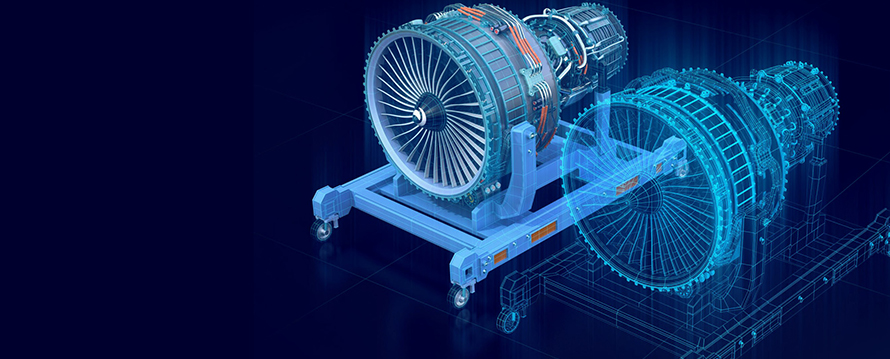The digital revolution manifests itself in increasingly more intelligent and better networked devices. This development brings many advantages across many sectors, but also creates new challenges. This applies above all for companies that use new technologies in IoT and IIoT scenarios. Three examples:
- Reduced human supervision, the increased functional scope, and the durability of IoT devices bring advantages. However, conventional maintenance and predictive maintenance become more demanding and cost intensive.
- Self-organized systems, for example in a smart factory, may permit only limited insight into the execution and control of individual tasks. Direct control over the processes is restricted or is completely lost. Continual process optimization is accordingly difficult.
- Highly networked and autonomously functioning systems require comprehensive evaluations of stability and risks. For in such systems, even minor deviations from standard scenarios can trigger major chain reactions.
These three typical key problems in the context of intelligent/networked devices IoT and IIoT can be solved with the digital twin. A digital twin is a model of a physical object in the virtual world that is regularly synchronized with data to accurately represent the true state of the physical object. It incorporates relevant features of its counterpart and reflects properties and functionalities so that the real objects can be better monitored and controlled. This ranges from the twin of an individual machine to the twin of an entire factory and is suitable for use in the automotive sector and manufacturing, as well as Smart Logistics/Mobility/City, and complex industrial use-cases such as powerplants, wind farms, and industrial processing plants.
The digital twin is a unique tool for analysis, optimization, planning and forecasting. However, companies should examine which use cases bring added value, and then initiate suitable steps promptly.
Tailored procedures and solutions must be identified on a case-by-case basis. To this end, MHP, with the support of the partner AWS, offers comprehensive services along the entire design and implementation process of digital twins. The partnership between MHP and AWS has been a success story all along. The enterprises maintain an excellent cooperation in a broad range of topics, for example in the field of high-performance computing, which sets a basis for digital twins. MHP delivers expertise in automotive, whereas AWS delivers knowledge in infrastructure and as a hyperscaler.
In our MHPDeepDive, the participants will learn about digital twin concepts, MHP’s vision of digital twins and insight into the concrete procedure – illustrated with comprehensible use cases.
What awaits you in our MHPDeepDive:
- We will outline the challenges arising from complex IoT and IIoT scenarios.
- We will illustrate the potential of the digital twin in this context.
- You will get to know the design of a twin and its implementation.
- In a subsequent panel discussion, we will discuss our vision of digital twins with AWS and MHP experts and identify potentials in business value.
Talk:
- Dr. Enno Kätelhön (MHP)
Senior Consultant, Data & Technology
Panel Discussion:
- Arun K. Subramaniyan (AWS)
Head of HPC & Autonomous Computing Solution Architects - Adam Rasheed (AWS)
Senior Manager, Autonomous Computing - Christian Stapel (MHP)
Partner, Data & Technology - Dr. Markus Junginger (MHP)
Partner, Customer Product & Services - Michael Wiegand (MHP)
Associated Partner, Data & Technology - Dr. Julian Popp (MHP)
Manager, Operations Excellence
